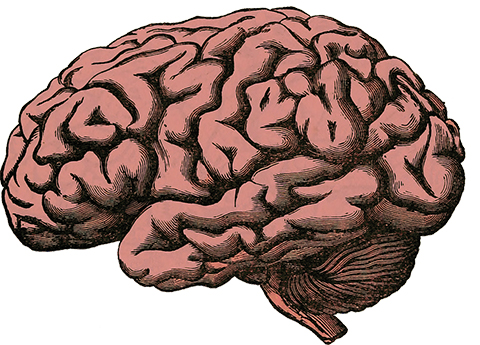
Dreams are stories and images that our minds create while we sleep. They can be entertaining, fun,
romantic, disturbing, frightening, and sometimes bizarre. They are an enduring source of mystery for
scientists and psychological doctors.
But Why do dreams occur? What causes them? Can we control
them? And most importantly… What do they mean?
Dreams mainly occur in the rapid eye movement (REM) stage of sleep. This is when brain activity is
high and resembles being awake. When you enter REM sleep, brain activity increases again. The
activity levels are like when you are awake. That is why REM sleep is the stage where you’ll have
intense dreams.
At the same time, major muscles that you normally control (such as arms and legs) cannot move. In
effect, they become temporarily paralyzed. Therefore, you can’t physically act out your dreams. The
average person has three to five dreams per night, and some may have up even more.
However,
most dreams are immediately or quickly forgotten. Dreams tend to last longer as the night
progresses.
The interpretation of dreams is one of life’s biggest wonders. Some dreams can have links to your
personal life and reveal hidden emotions beneath the surface. For example, common dreams include
feeling like falling and losing some teeth. Dreaming of falling can mean you feel overwhelmed or
represent a failure, while missing teeth represents moving through a new transition in life.
Most of the time, you do not have control over what happens when dreaming and must simply
experience it for what it is. You can also trigger a lucid dream, which means you are aware of what is
going on and have some control over your actions.
Whatever kind it is, dreams leave lots of room to interpret their meaning. In the Roman and
Greek periods, people believed that dreams were messages sent directly from
one or more gods or deceased people, and that they were the predictors of the
future.
In the early 1900s, famed psychologist Sigmund Freud wrote extensively about
the theory of dreams and their interpretations. Freud believed that dreams are a
way to showcase our deepest anxieties and desires and can often relate to
childhood obsessions or memories.
This theory is known as wish-fulfilment theory. It has two sections – manifest
content and latent content. Manifest refers to aspects of the dream which
symbolize real-life events or desires. Latent content means that the dream holds
other images and symbols which have no subconscious meaning.
Another theory is the activation-synthesis hypothesis. This states that dreams don’t
hold any hidden meaning or desire, they are simply just dreams. It can be the
brain’s way of releasing information or images from the day. Our brain is most
active during this time of the night, and sometimes dreams can just be a result of
this heightened activity.
From endless falling to alien abductions to that naked-in-a-crowd nightmare, some of the more
common dreams out there mean things. And no, it’s not always crystal clear what message they are trying to convey. But if you know how to analyze them, you can discover some fascinating insights into
yourself—and the world around you.
Leona Kenny
Image Credit: Brain Credit
(This story was originally published on 24 February 2021).



